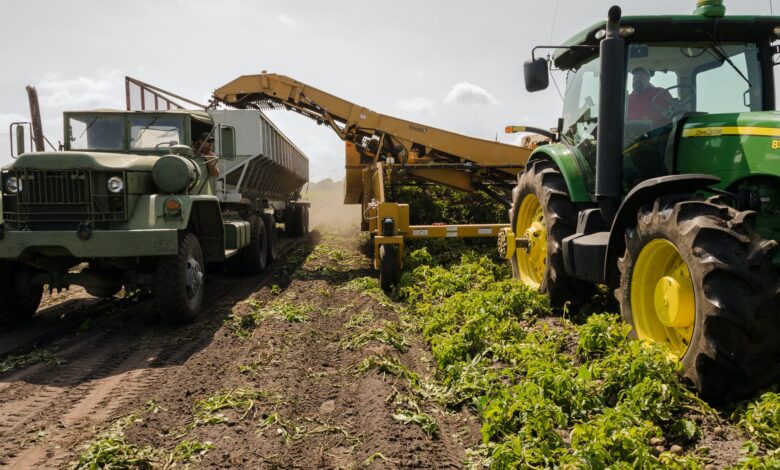Different Functions of Rice Harvesters and How They Are Maintained

In the Philippines, many farmers have benefited from the use of rice harvesters. This technology is useful on the huge rice terraces in regions because rice is a staple food in the country. It also enables farmers to reduce labor, boost productivity, allow for timely planting, and ensure uniform seedling spacing to maximize yields every time. Though it is common to perform manual labor when it comes to harvesting, the development of this machine have made the farmers’ lives easier. It provides different functions that can help ease the entire harvesting process.
Rice harvesters are not relatively quantitative since there are two main rice harvesters commonly known. One is the tractor or the machine and the other one is humans. Not everyone knows this but humans are the most hardworking rice harvesters there is since not all of the farmers can afford rice harvesters. In this article, you will see how humans maintain their strength and how machines are maintained and their functions.
Function
There is one main function of rice harvesters, of course, to harvest. Tractors will be run over the field and the front part will get the planted crop, get shredded, put it in the storage room of the tractor and the rice is now separated by the stem of the crop. Now there are handheld rice harvesters which will also be running over plant crops to collect the needed product in the farm. That is the primary function of rice harvesters. Moreover, it can make the whole harvesting process a lot more easier. With the development of rice harvesters, it can operate in certain ways such as gathering, transporting, reaping, threshing, cleaning and bagging into one machine.
Maintenance of Rice Harvesters
Before you begin harvesting, start the harvester. The harvester should be started and run at the rated speed before harvesting to avoid the knife bar becoming gripped by the straws.
Pick the best time to harvest. Harvesting rice or wheat after 9 a.m. is preferable since there is less dew and the rice or wheat is dryer. Furthermore, the machine should not harvest grain after or during rain, since this may cause the harvester to become stuck, resulting in grain loss.
Adjust the rice or rice harvester’s header. It is difficult to harvest dwarf straws if the stubble heat is too high, and it can also affect next year’s seeding. It is preferable to lower the header, but not below 6 cm, as this will result in soil cutting and more damage to the knife bar. Control the speed of your work. The combination of rice harvester’s working efficiency and effect are closely tied to its working pace. If the field is plain and open, and the grains are all in the yellow ripening stage, the operator can usually increase the operating pace; otherwise, the operator should slow down.
After harvesting rice, wash and preserve the rice combine harvester. Then, there is typically dirt and some other miscellaneous items in the combine harvester, which can damage the equipment or cause it to become blocked. After harvesting, clean and oil the machine, then keep it in a dry, well-ventilated area.
Key Takeaway
This article focuses on the functions and maintenance of the machine or the tractor that harvests rice but all of this cannot happen without the farmers that operate the machines or the harvesters. Humans also need rest so if you are going to be a farmer, make sure that you get enough rest to fight the day. You also need to eat and drink plenty of water to stay hydrated and if anything in the farm functions the best, it’s the farmers.




